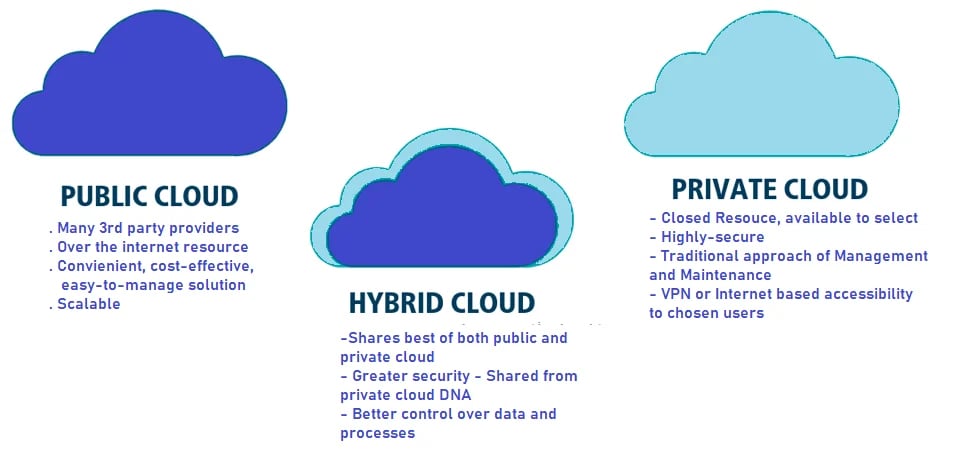Orion Splashes Down to End Artemis 1, but Don’t Hold Your Breath for Artemis 2


It took longer than NASA might have hoped to get off the ground, but the Artemis 1 mission was a textbook demonstration of what Orion and the Space Launch System can do. NASA’s megarocket hoisted the spacecraft into orbit last month, sending it on a 25-day journey around the moon and back, setting records along the way. Now that Orion has returned to Earth, it’s time to prepare for Artemis 2, but it’s going to take longer than you’d probably expect.
Orion splashed down safely in the Pacific Ocean on Sunday, Dec. 11. The USS Portland picked up the capsule and locked it into a special harness for the trip back to shore. NASA plans to go over the spacecraft in detail to understand how it coped with the stresses of spaceflight. However, the team will also be harvesting some components from Orion that will be used in the Artemis 2 capsule.
NASA previously expected to upgrade the SLS to the more powerful Block 1B design, but it decided to stick with Block 1 for the first three missions to speed up the pace of launches. There’s still a lot to do, though. NASA plans to reuse the avionics and electrical systems from Artemis 1 on Artemis 2. Removing, testing, and reintegrating the avionics systems will be the most time-consuming part of preparing Artemis 2 for flight. Currently, NASA aims to have Artemis 2 on the launchpad in 2024, but the latest inspector general report suggests it will take 27 months to ready the spacecraft, and that could push the date into 2025.
The @NASA_Orion spacecraft has been secured in the recovery ship well deck. The USS Portland will return to Naval Base San Diego, where Orion will be readied for ground transport back to @NASAKennedy. More here: https://t.co/zxig5oaPzc pic.twitter.com/398bErUoFI
— NASA’s Exploration Ground Systems (@NASAGroundSys) December 11, 2022
The agency can’t rush any Artemis launch, all of which rely on the non-reusable and lavishly expensive SLS. Artemis 2 is particularly vital, though. This will be the first Artemis mission with a crew on board. This will be a shorter mission than the just-completed flight, clocking in at about 10 days. The crew will travel to the moon, but instead of entering a distant retrograde orbit like Artemis I, the second flight will just loop around and head back home.
Artemis 3 is the big one — the mission that will return humans to the lunar surface for the first time in more than 50 years. This mission is on the books for 2025, but it’s possible that the date will be pushed back if Artemis 2 cannot get off the ground in 2024 as planned. Some other possible sources of delay are outside NASA’s control. For example, it has awarded SpaceX a contract to build the Human Landing System (HLS) based on the in-development Starship. SpaceX has yet to conduct an orbital launch of Starship, which CEO Elon Musk previously promised this year.
Now read:







